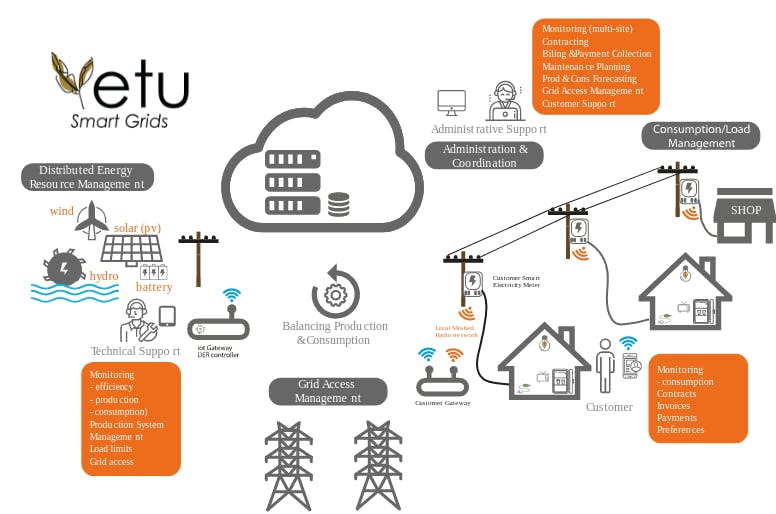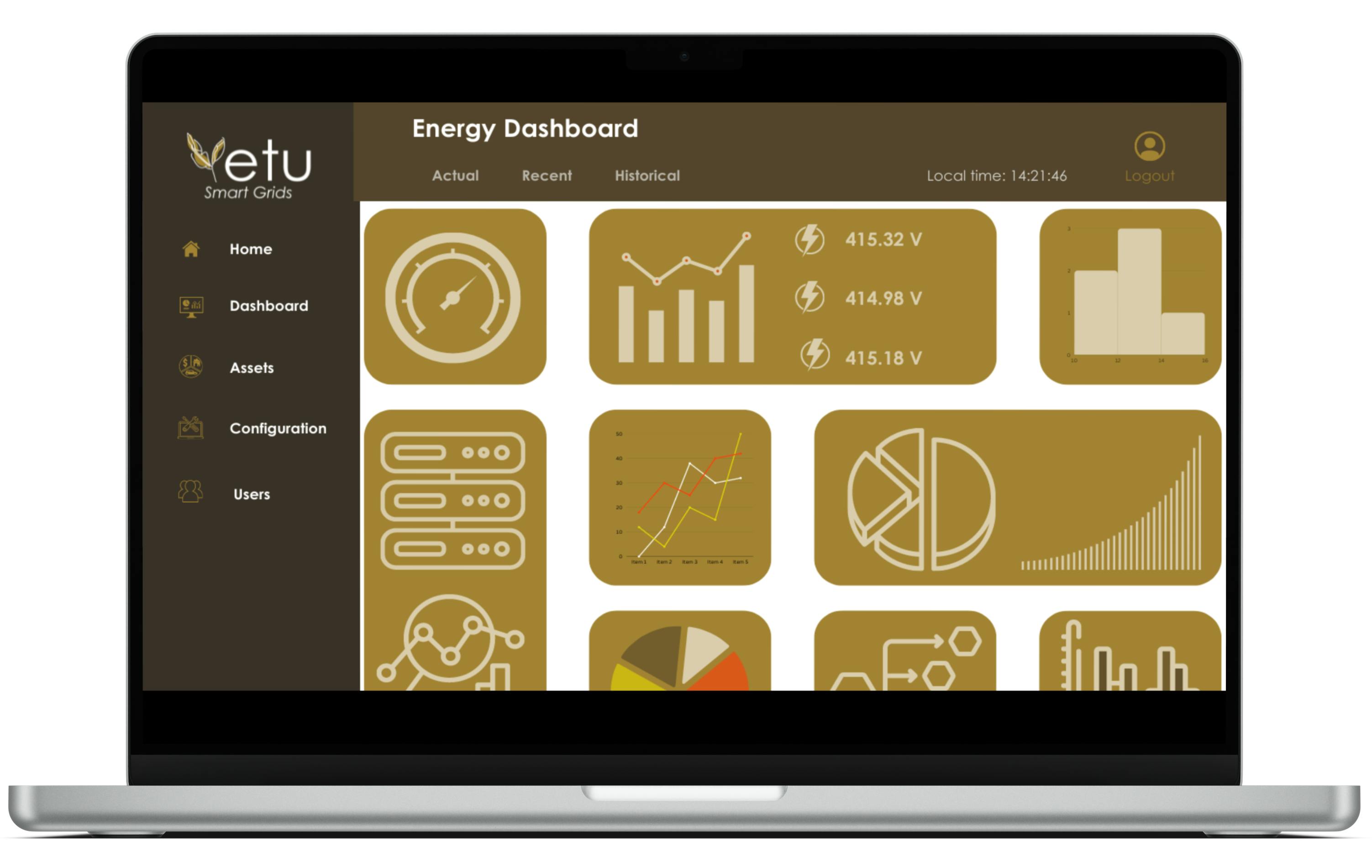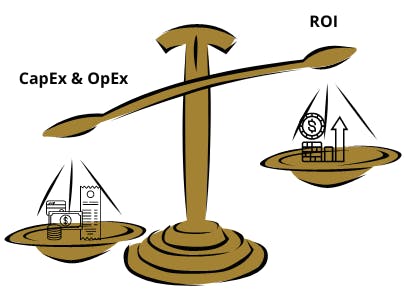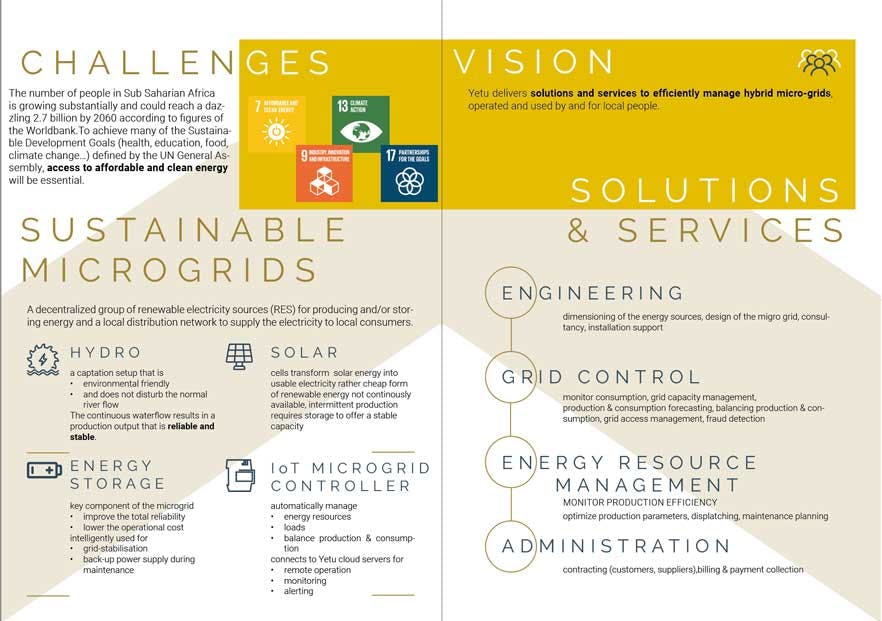Smart Microgrids: Manage Your Energy Assets
All producers, distributors, and consumers of energy need to manage their energy assets.
The International Energy Agency (IEA) estimates that over the period to 2035, the investment required each year to supply the world's energy needs will rise steadily to $2,000 billion.
The hefty investment in energy and energy assets comes in response to the world's aim to achieve Sustainable Development Goals (SDGs) by adopting renewable energy and advanced technologies geared towards reducing emissions and extending energy access. This initiative calls for proper energy management solutions.
Energy asset management (EAM) is critical in optimizing return on investment (ROI) for power and utility (P&U) organizations. However, all producers, distributors, and consumers must manage their energy assets.
This article explains what a microgrid is, explores the role and advantages of smart microgrids (SMs) in EAM, and highlights Yetu Smart Grids solutions for EAM.
What is a microgrid?
According to Microgrid Technology and Engineering Application, a microgrid is a single, controllable, independent power system comprising distributed generation (DG), load, energy storage (ES), and control devices. On the other hand, Microgrid Knowledge defines a microgrid as a self-sufficient energy system that serves a discrete geographic footprint.

Consider a microgrid as a grid with various distributed energy systems (DES) serving a particular locality, such as a hospital, college, factory, business centre, or neighbourhood.
DES encompasses an array of generation, storage, energy monitoring, and control solutions.
The Role of SMs in EAM
The advent and deployment of smart grid technologies have transformed the nature of EAM—a critical component in reducing energy costs, improving energy efficiency, and enhancing energy security.
SMs (smart grids on a smaller scale) monitor and manage the transportation of energy generated from distributed sources, thereby managing energy demand and controlling its distribution among end-users within the local grid.

SMs will ensure simultaneous monitoring of generation and consumption in a given location and allow automatic control of loads. Local generation and consumption matching is essential to meet the varying demands of end users and enhance demand response (DR).
SMs also allow administration services within the energy ecosystem.
Energy producers can gain real-time insights on plant operations, manage grid assets, and calculate risks by strategizing based on accurate reports and predictive analytics.
On the other hand, energy distributors can control the grid and track the performance of distribution assets. Automatic and remote control ensures minimal downtime and prompt response in the event of grid asset failure. Monitoring the performance of these assets enables energy distributors to foresee maintenance and plan accordingly.
Consumers of energy connected to SMs have the liberty of monitoring their energy use, gaining insights about their consumption behaviours, controlling their assets, and making payments with ease. Energy suppliers can integrate billing and alert systems into their platforms for the benefit of consumers.
Advantages of EAM
The benefits of EAM extend beyond financial aspects to include increased reliability, improved power quality, and reduced emissions. Below are some of the benefits of managing energy assets using intelligent microgrids:
Cost
Energy asset management helps producers, distributors, and consumers of energy avoid unnecessary expenses by balancing capital expenditure (CapEx), operation expenditure (OpEx), and ROI.

SMs will detect inefficiencies and bottlenecks in real-time during operation, compelling optimal decisions and appropriate actions that eventually reduce costs.
Reliability
Reliability is the likelihood that an electrical system will operate satisfactorily over time at all levels—from generation, transmission, distribution, and consumption. Reliability includes performance, availability, and maintainability.
All systems have a certain level of reliability. Complex systems, such as the energy grid, are more prone to malfunctions and unpredictabilities.
Managing energy assets using SMs is a good bet if you need reliable systems. The reliability of energy assets is increased by better planning and coordination between distributed energy sources and end-user devices.
Power quality
Power quality refers to both the extent of deviation or distortion in a pure supply waveform and the continuity of supply. It describes how a power system transmits power from a generator to an end user without any undesirable changes resulting from voltage, current, or waveform.
Some of the factors that affect power quality include voltage variations, flicker, harmonic distortions, power factor, etc.
So how does EAM help achieve stable power quality using SMs?
Utilities can better manage their distributed energy sources and end-use equipment through real-time monitoring, optimised active and reactive power control, and taking corrective actions based on data from pre-disaster simulations.
Reduced emissions
Energy efficiency reduces total energy consumption. When there's a demand reduction and a corresponding increase in supply, efficiencies increase.
Converting electricity from many resources to meet the power demand can be very inefficient, especially for fossil-fuel-based electricity generation.
Utilities using SMs can manage distributed energy sources and end-use equipment to optimise their energy efficiency. An optimised system leads to lower carbon emissions by reducing losses that arise due to inefficient usage of existing energy facilities.
Yetu Smart Grids EAM solution
One place to look for EAM solutions is Yetu Smart Grids, which offers engineering and remote energy asset management services to producers, distributors, and consumers of energy, leveraging state-of-the-art IoT solutions.

Yetu's energy monitoring device and cloud platform can be tailored to suit your EAM needs, allowing real-time monitoring of your microgrid, control of grid assets, as well as fleet management and administration services such as reporting and alerts, customer billing, and payment collection.
